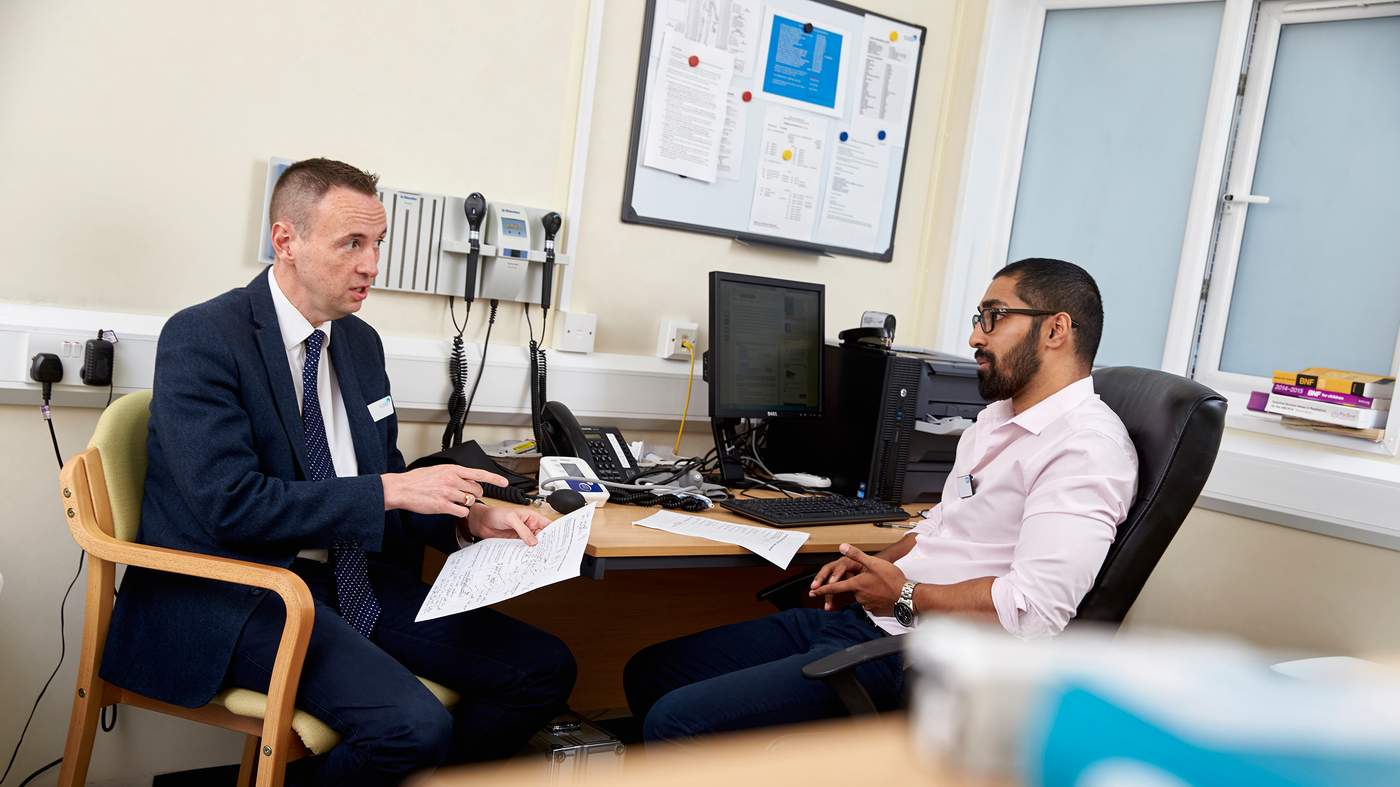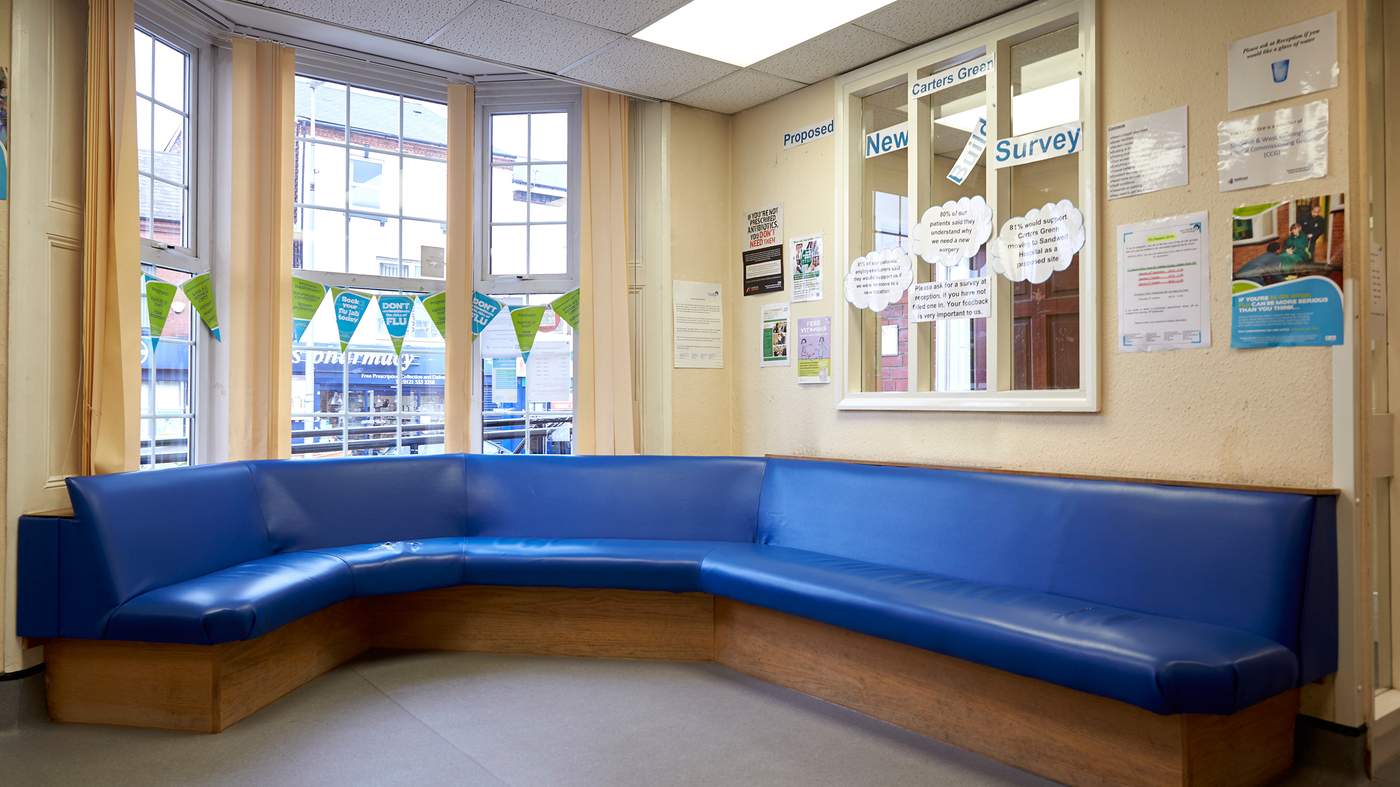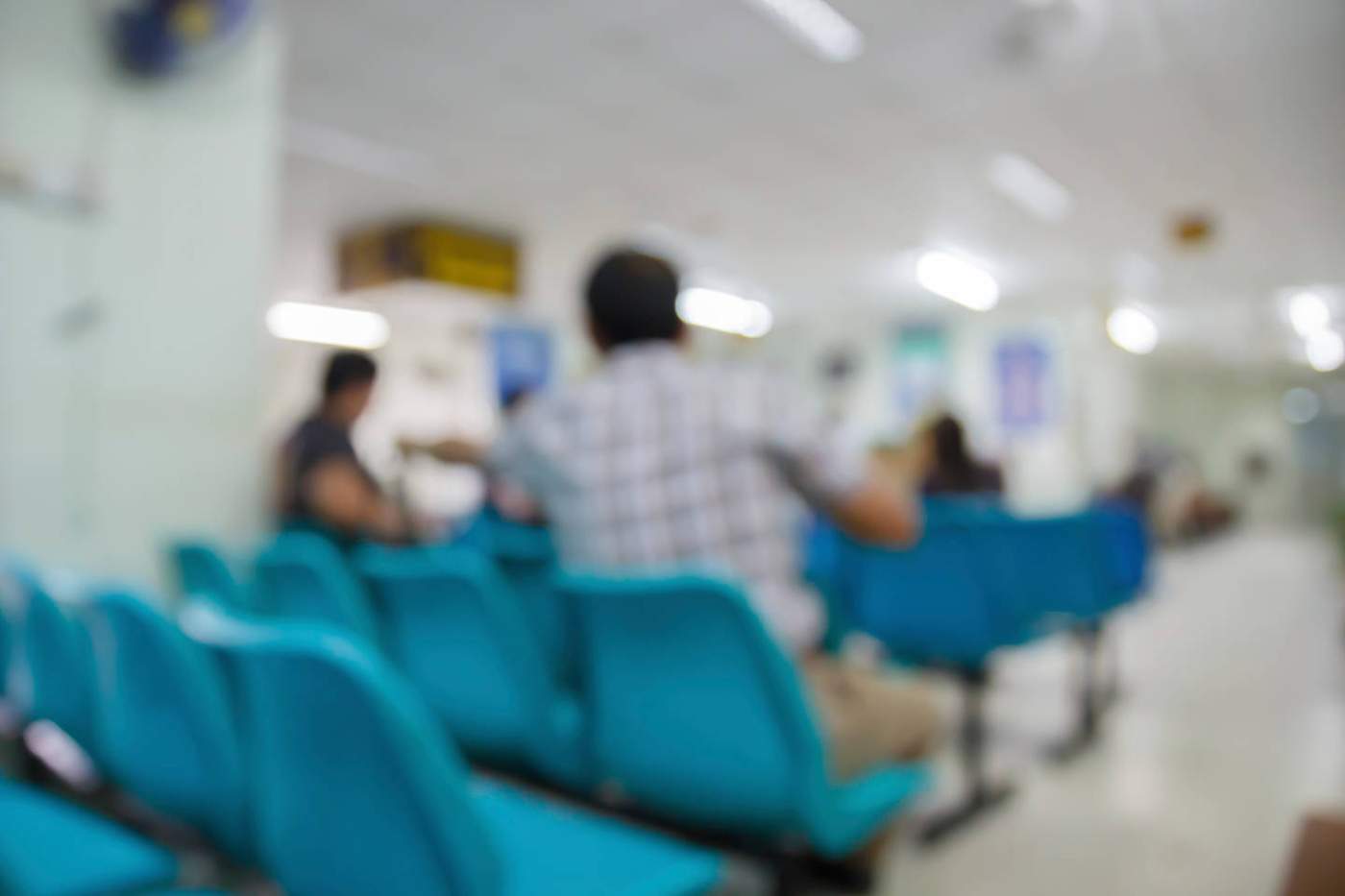Gerry McCabe is a former GP partner from Hertford. After 15 years, at the age of 45, he resigned from his partnership due to an unsustainable workload.
When I became a GP partner in Hertford in 2000, a typical working day was manageable and enjoyable.
Our practice would see patients from 8.30am to 5.30pm; we’d have an average of 30 face-to-face consultations with far more time to care for patients; we’d have between five and 10 GP phone calls a day, and we’d eat lunch with colleagues.
No matter how late I worked into the nights or weekends, I never seemed to catch up.
For the last few years, however, the pressure and workload have increased, both from patient contact and more significantly from behind-the-scenes paperwork.
This meant I was unable to complete one task before the next one was due, and no matter how late I worked into the nights or weekends, I never seemed to catch up.
I maintained this relentless pressure for four years until I recognised the early signs of burnout, and saw no alternative but to resign from my practice in order to restore my work-life balance.
I saw no alternative but to resign from my practice in order to restore my work-life balance.
Since then I have been enjoying working as a locum.
However, I shall shortly be moving permanently overseas as I see this as the best option for the remainder of my career in general practice.
Ian Hume is a GP partner in Diss, Norfolk. Balancing his workload to better serve his patients is getting more difficult.
Arriving for an 8.30am start, I have a busy morning seeing between 18 and 24 patients, and I grab a coffee while looking over the requests for home visits with my colleagues. I often have an additional 10 phone consultations throughout the day as well.
Morning surgery finishes at 1pm, with afternoon surgery starting at 3pm.
This gives us two hours to do home visits, attend a nursing home and make telephone calls, leaving no leeway for complications or delays.
I start at 8.30am and finish at 8.30pm – another fairly typical 12-hour day
The patients I visit are all in their 80s and find communication difficult. This makes each appointment longer than the time available.
My visiting schedule quickly slips, and I have to grab lunch from the petrol station before returning to the surgery for my afternoon appointments.
I work from 3pm till 6pm, seeing another 15 patients in that time.
On average, paperwork takes about two hours a day, following up test results and checking new mail, dealing with tasks and messages.
I finish around 8.30pm — another fairly typical 12-hour day.
Credits
Digital content producer: Jackie Mehlmann-Wicks and Sarah Quinlan
Email editor: Lisa Hansson
Senior digital content producer: Karen Lobban
Senior media officer: Eloise Henderson
Senior production editor: Kelly Spring
With thanks to the GPs who contributed their stories.





